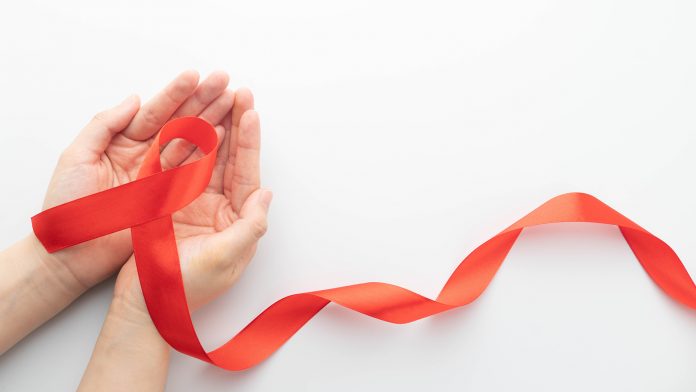
A report has shown that there has been a continuous decline in HIV transmission in England, but progress is slow among women and ethnic minorities.
The UK Health Security Agency has published an evaluation report into the government’s progress toward reducing HIV transmission.
The report has revealed a continuous decline in HIV transmission, but progress has slowed among women and ethnic minorities.
Between 2019 and 2022, the number of HIV diagnoses among gay and bisexual men fell by 42% from 1,239 to 724.
England also met the UNAIS 2025 95-95-95 targets for the third time, with 95% of all people with HIV being diagnosed, 98% of those diagnosed on treatment, and 98% of those on treatment being virally suppressed and unable to pass on the virus.
This second report focuses on the ambitions of England’s HIV Action Plan 2022 to 2025 to reduce HIV diagnoses first made in England, AIDS diagnoses, and HIV-related deaths between 2019 and 2025.
HIV transmission is not decreasing at the same rate across all groups
Although HIV transmission decreased among white gay and bisexual men between 2019 and 2022, there are groups of ethnic minority gay and bisexual men in whom HIV diagnoses are not decreasing at the same rate.
The report shows that in 2022, 42% of diagnoses in gay, bisexual, and other men who have sex with men were among ethnic minority groups. This is compared to 34% in 2019.
The recent rise in HIV diagnoses
New HIV diagnoses first made in England fell overall by 13% from 2,819 to 2,444 in 2022.
However, HIV diagnoses rose from 2,313 to 2,444 between 2021 and 2022. To achieve the 2025 transmission target, HIV transmission needs to fall by 627 per year.
The rise is partially because of the slow progress towards the elimination of HIV in heterosexual women and ethnic minority groups.
Despite reducing from 589 in 2019 to 447 in 2021, cases in heterosexual women rose by 26% from 447 to 546 in 2022.
Diagnoses fell by 39% between 2019 and 2022 among white British women, compared to 6% among black African women. New HIV diagnoses fell by 25% from 458 in 2019 to 281 in 2022 among heterosexual men.
Dr Alison Brown, Interim Head of HIV Surveillance at UKHSA, said: “England remains a world leader in efforts to reduce HIV transmission and ensure that those diagnosed have timely access to effective treatment.
“While there is much to celebrate, with numbers of HIV diagnoses continuing to decrease in certain groups, there is also much more to do. HIV diagnoses are increasing among heterosexual populations, particularly among women.”
Women and ethnic minority populations less likely to start PrEP
In 2022, compared to 27% of heterosexual men and 23% of gay and bisexual men, 40% of women attending sexual health services were not offered an HIV test.
The study found that ethnic minority populations and women were also less likely to start or continue PrEP.
Dr Brown said: “It is concerning that testing levels in these groups have not recovered to 2019 levels, prior to COVID-19. So please, no matter your gender or sexual orientation, get regularly tested, use condoms and get PrEP if you’re eligible, to protect you and your partners’ health.”
UKHSA will be working to understand why women are less likely to be offered an HIV test in an effort to tackle inequalities and reduce HIV transmission among these groups.









